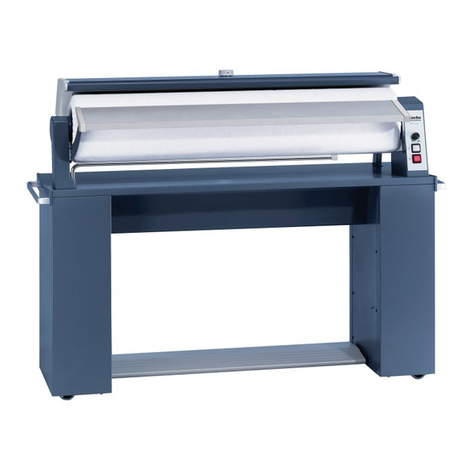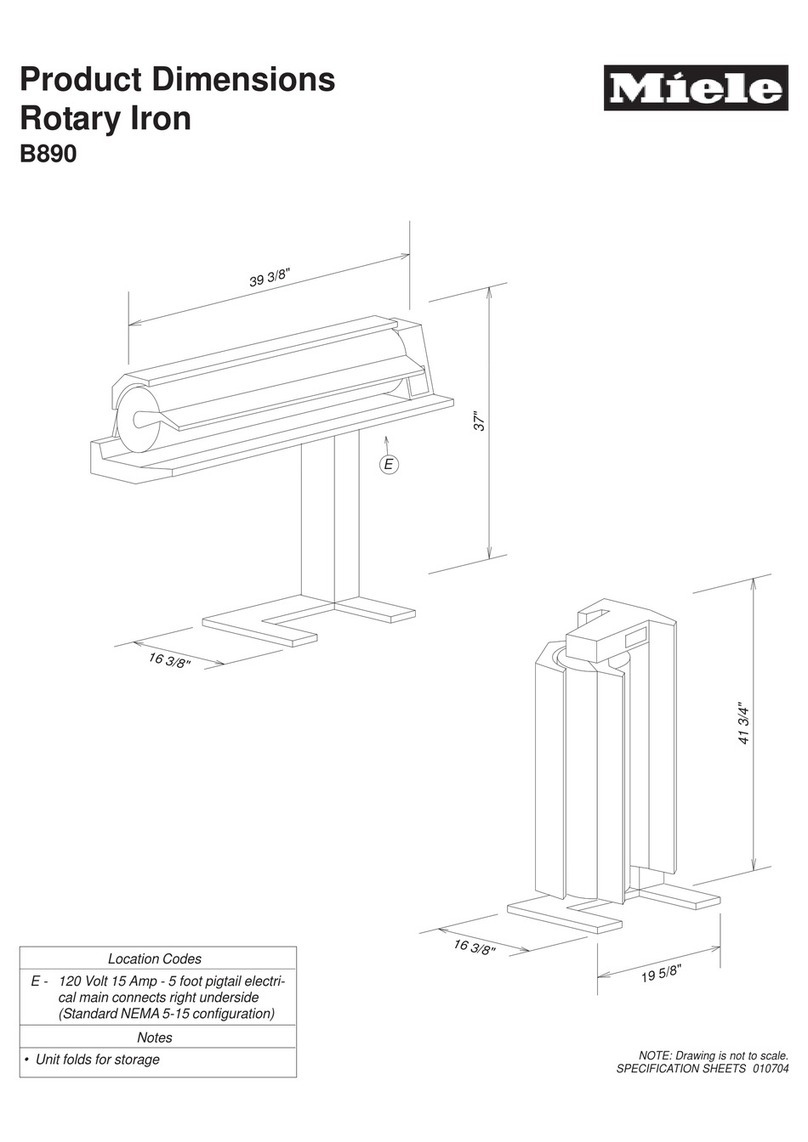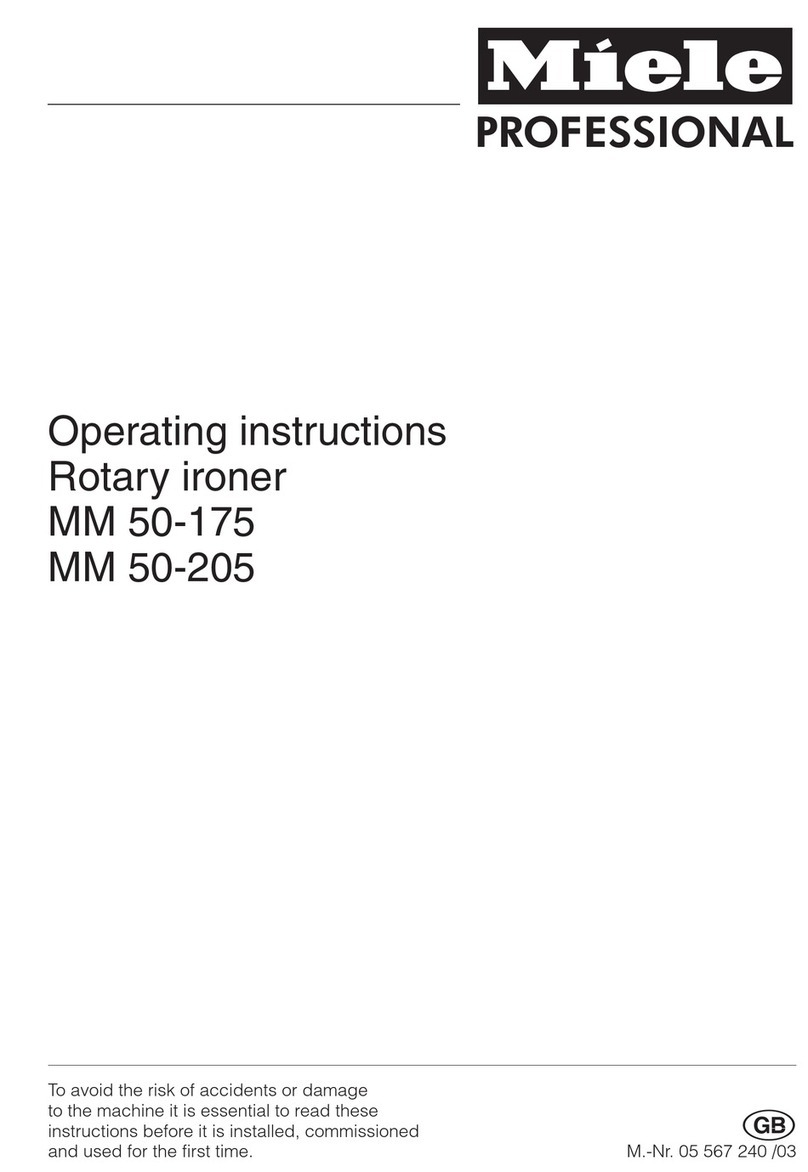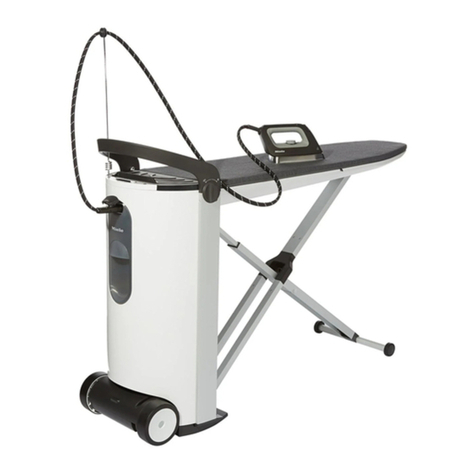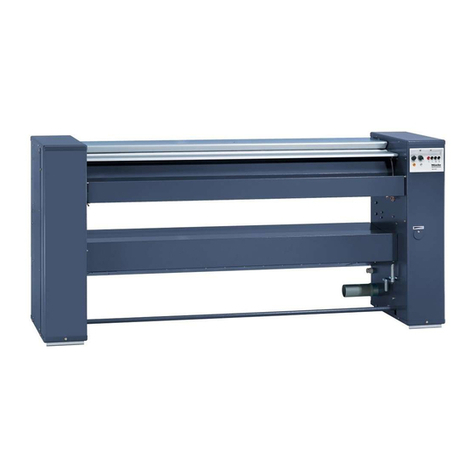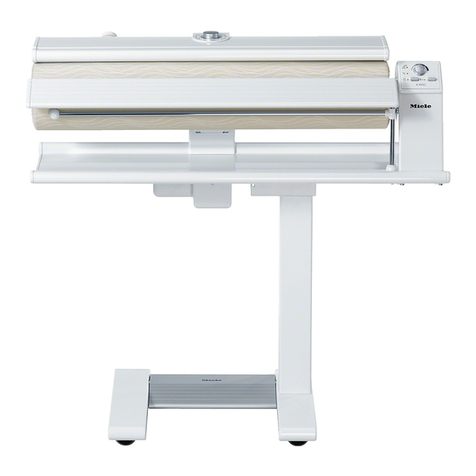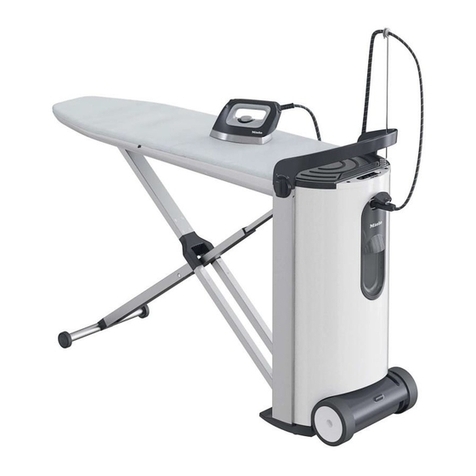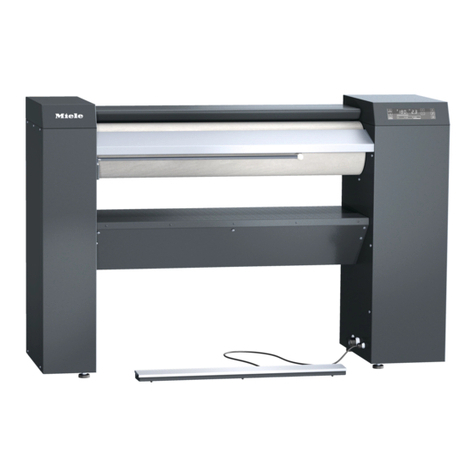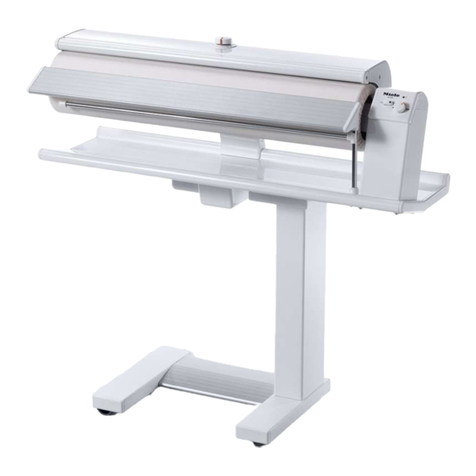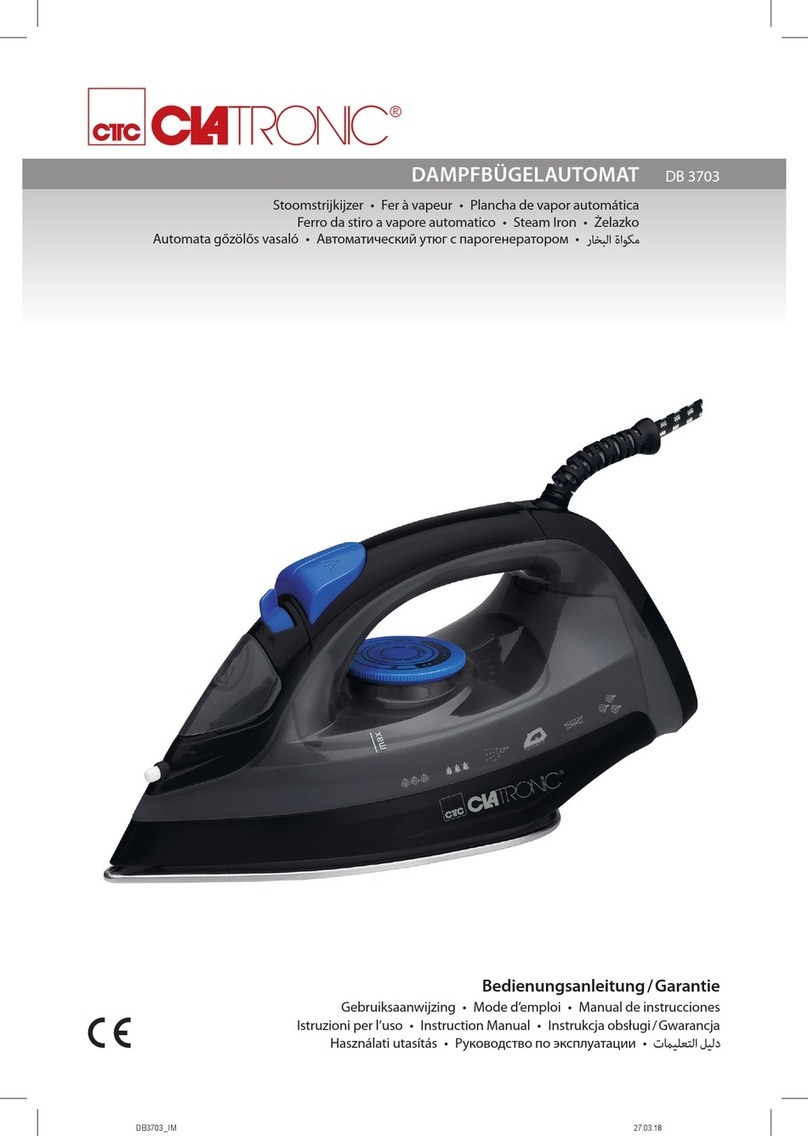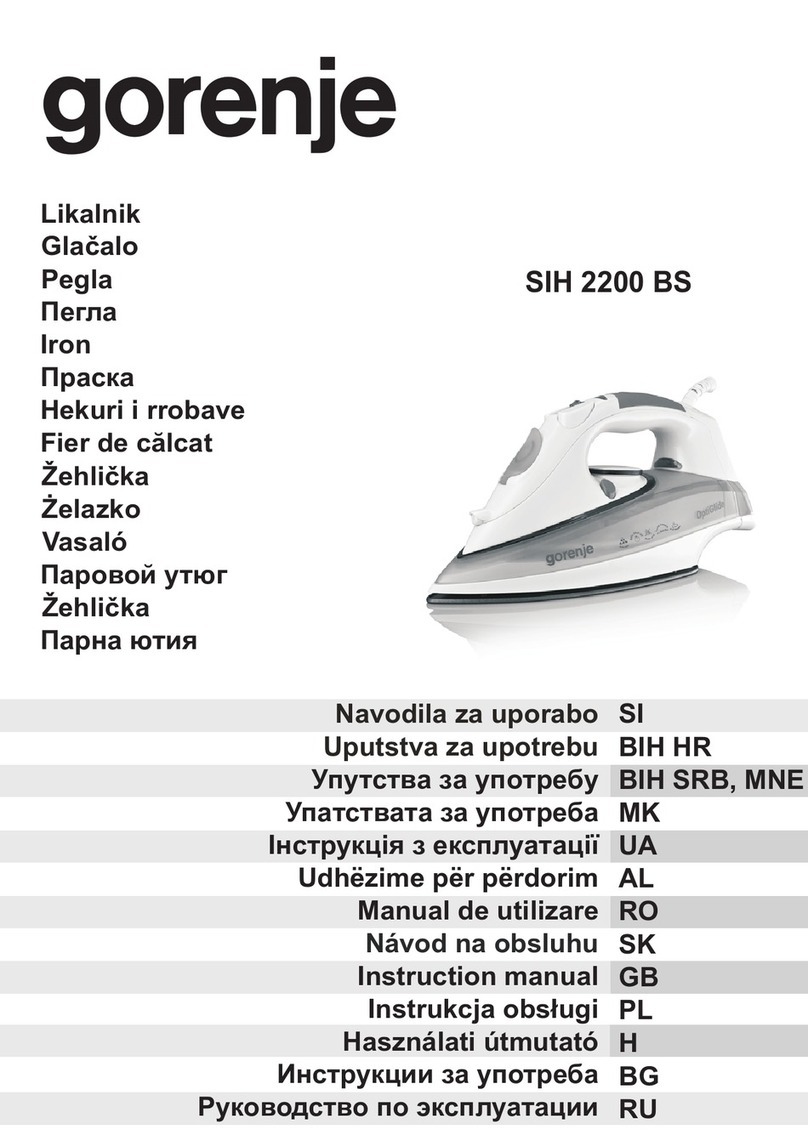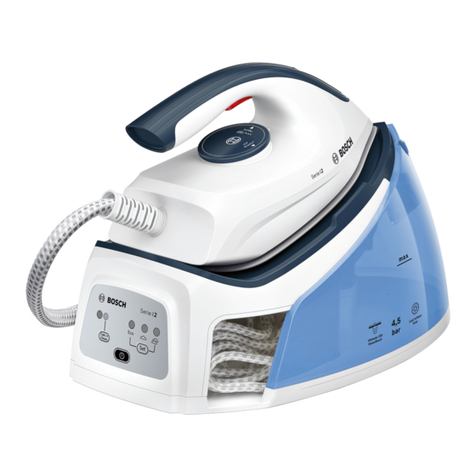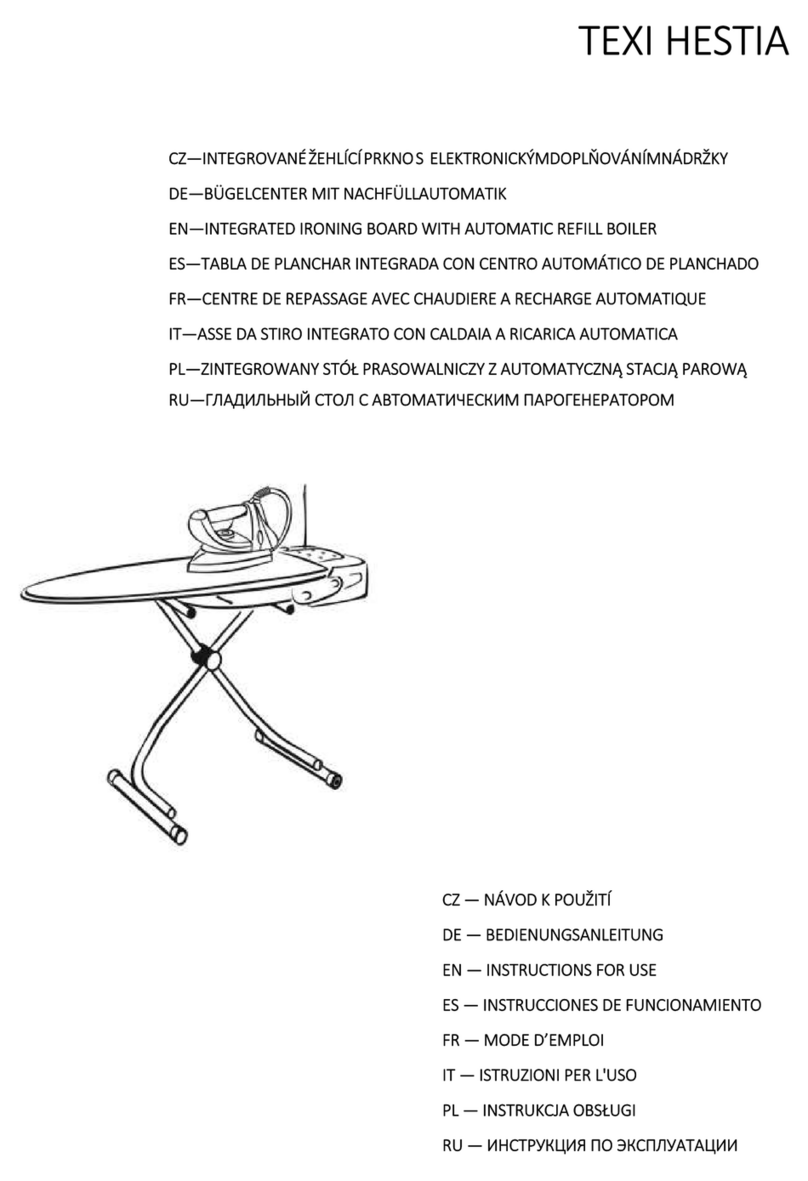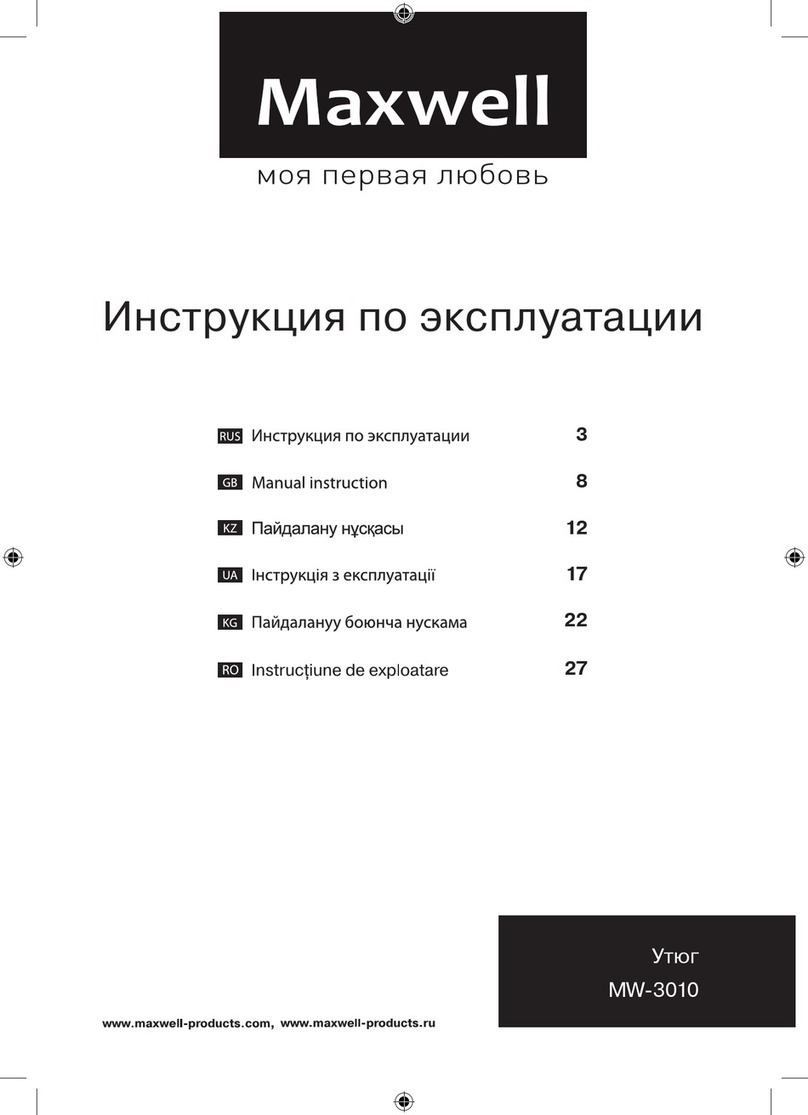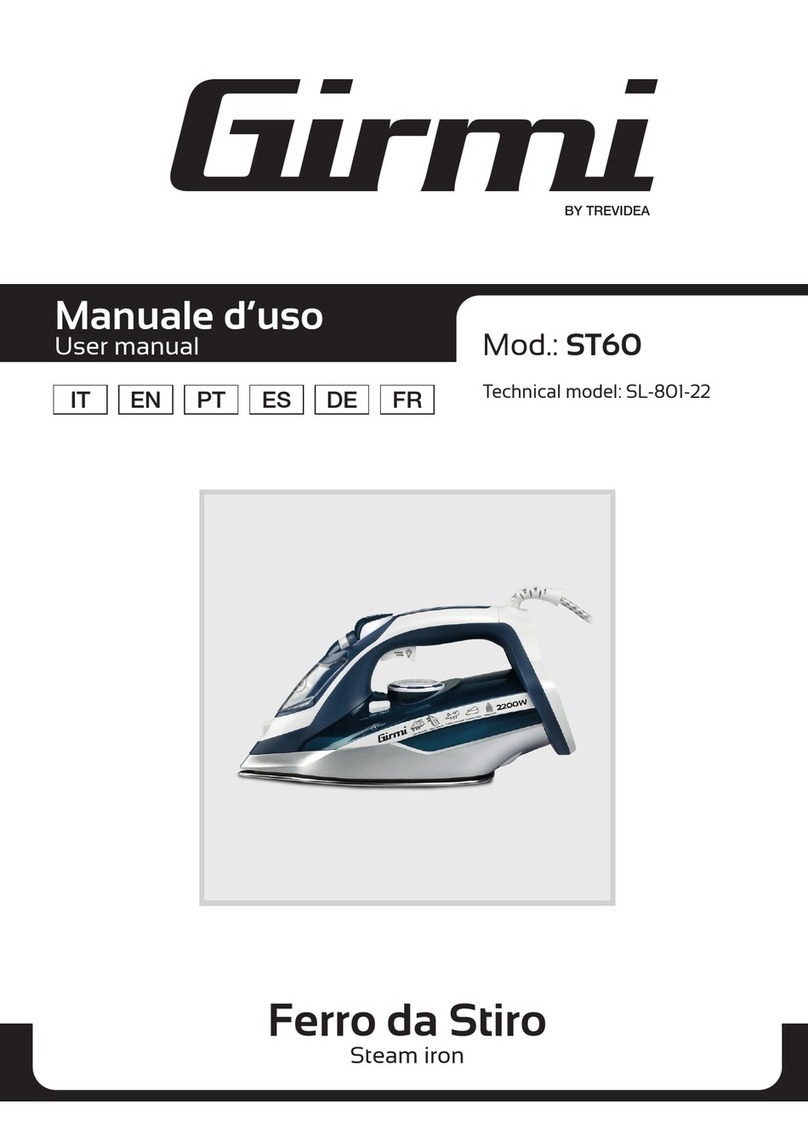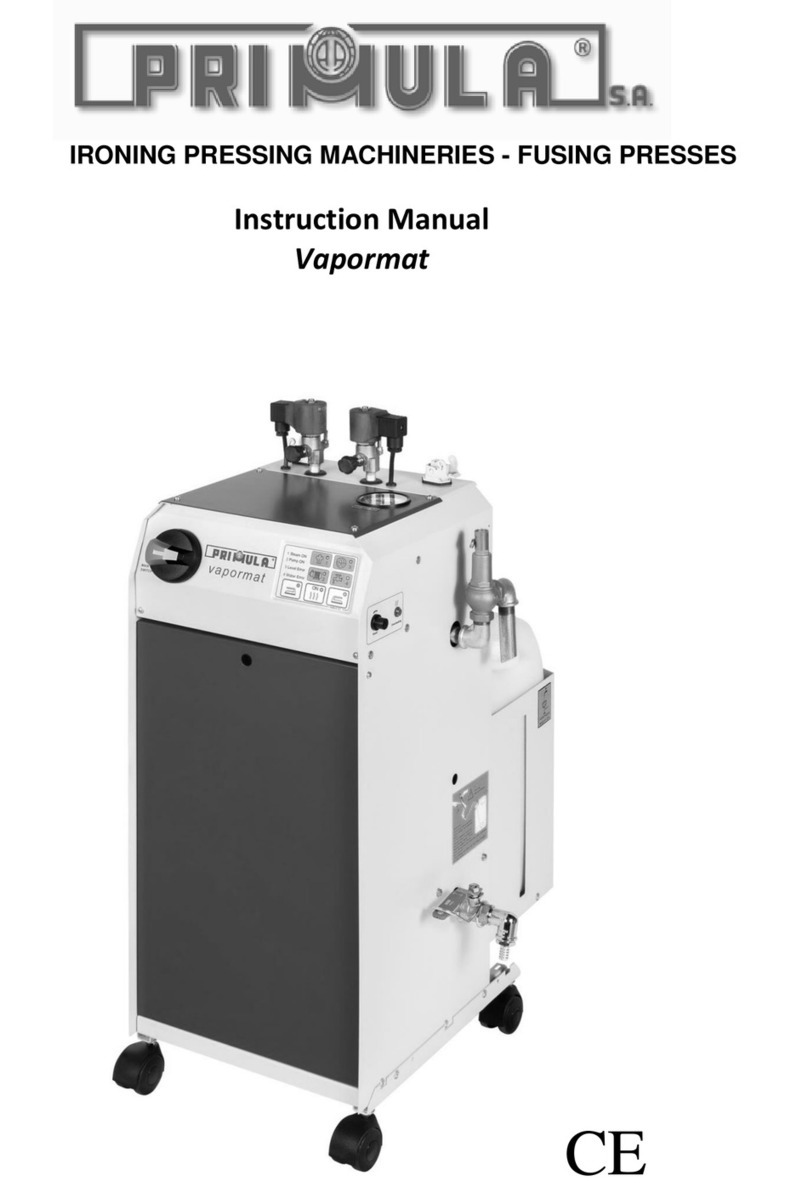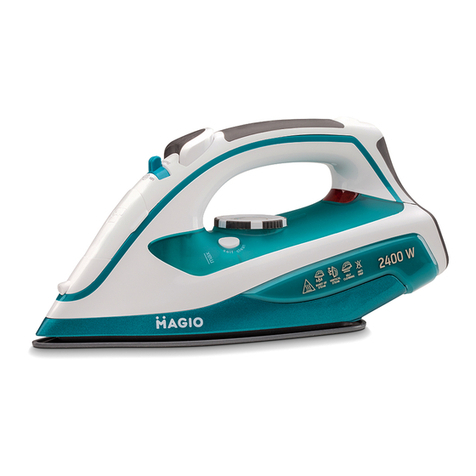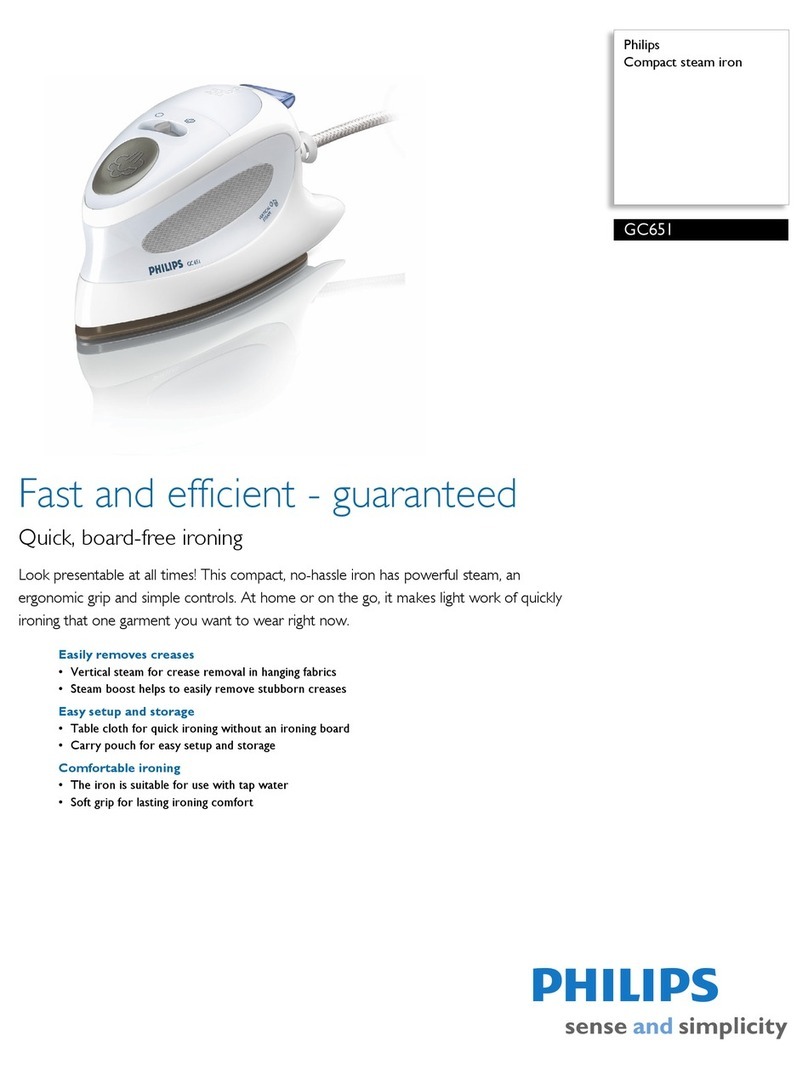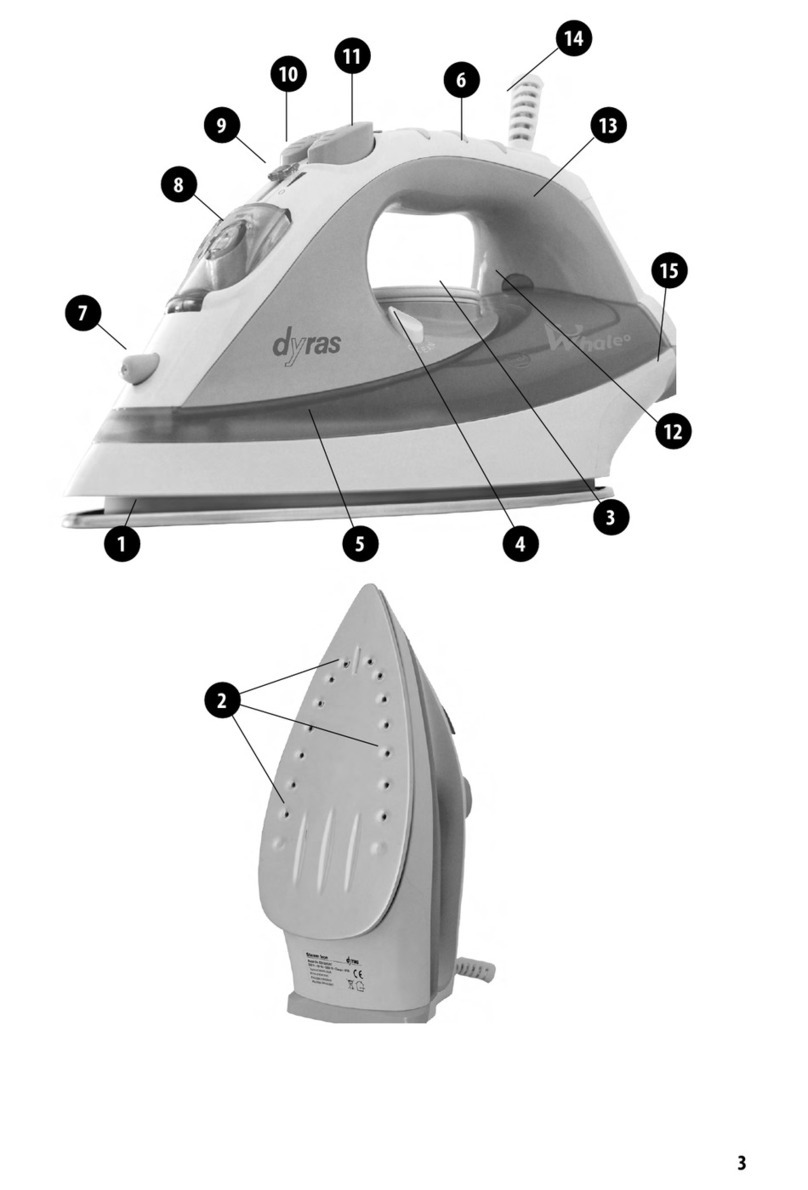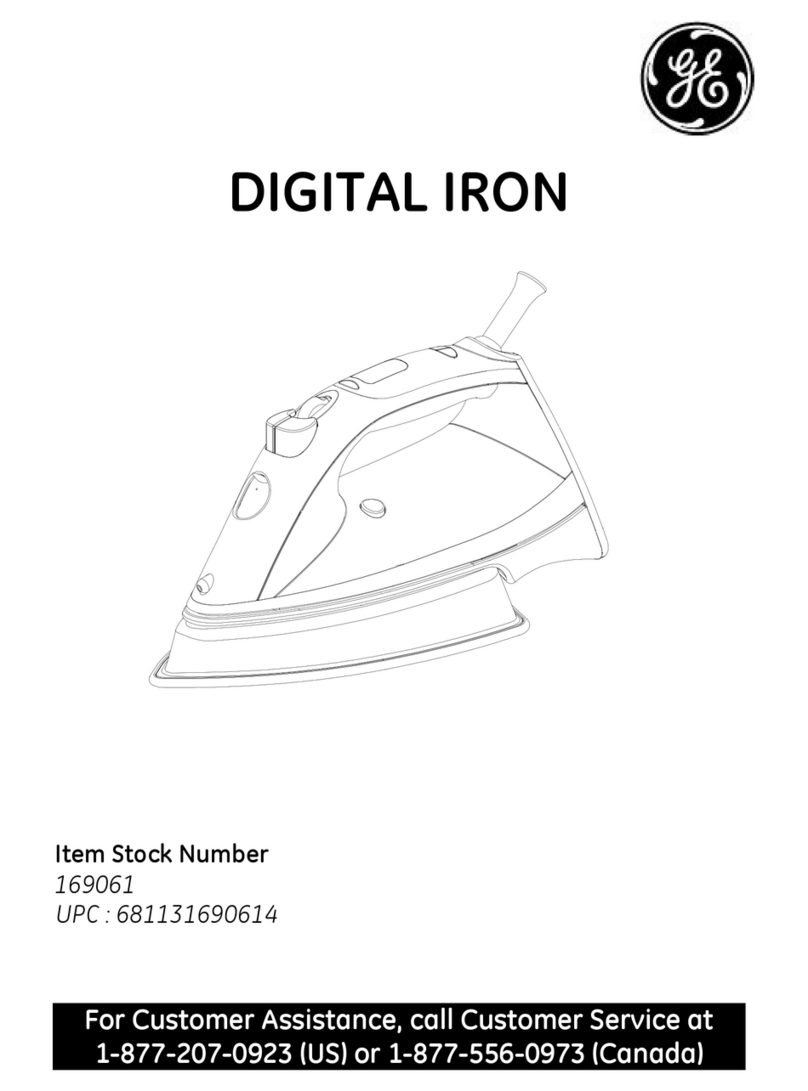Read the operating instructions
carefully before using this appliance
for the first time. They contain
important information about the
safety, use and maintenance of the
appliance. Please read this booklet
carefully to prevent accidents and
machine damage.
Keep these instructions in a safe
place for reference, and pass them
on to any future user.
Appropriate use
This rotary ironer is intended for
ironing textiles suitable for machine
ironing and which have been washed in
water.
Technical and electrical safety
Before setting up the rotary ironer,
check for any externally visible
damage.
Do not install or use a damaged
appliance.
A damaged appliance is
dangerous. Turn off the rotary
ironer, unplug from the wall outlet and
call the Miele Technical Service
Department.
Before connecting the appliance,
ensure that the connection data on
the data plate (fusing, voltage and
frequency) match the household
electricity supply. If in any doubt,
consult an electrician.
The electrical safety of this
appliance can only be guaranteed
when continuity exists between the
appliance and an effective grounding
system which complies with local and
national safety regulations.
It is important that this basic safety
requirement is tested by a qualified
electrician.
The manufacturer can not be held
responsible for the consequences of an
inadequate grounding system.
This appliance is built in
accordance with current safety
requirements. Unauthorized repairs
could be hazardous for the user, for
which the manufacturer can not accept
responsibility. Repairs should only be
by a Miele authorized technician.
Ensure that power is not restored to the
appliance while maintenance or repair
work is performed.
Faulty components must only be
replaced with Miele original spare
parts. Only when these parts are used
can the safety of the appliance be
guaranteed.
The appliance is only completely
isolated from the electricity supply
when:
–it is turned off at the wall switch and
unplugged
–the circuit breaker has been
"tripped".
IMPORTANT SAFETY INSTRUCTIONS
5

